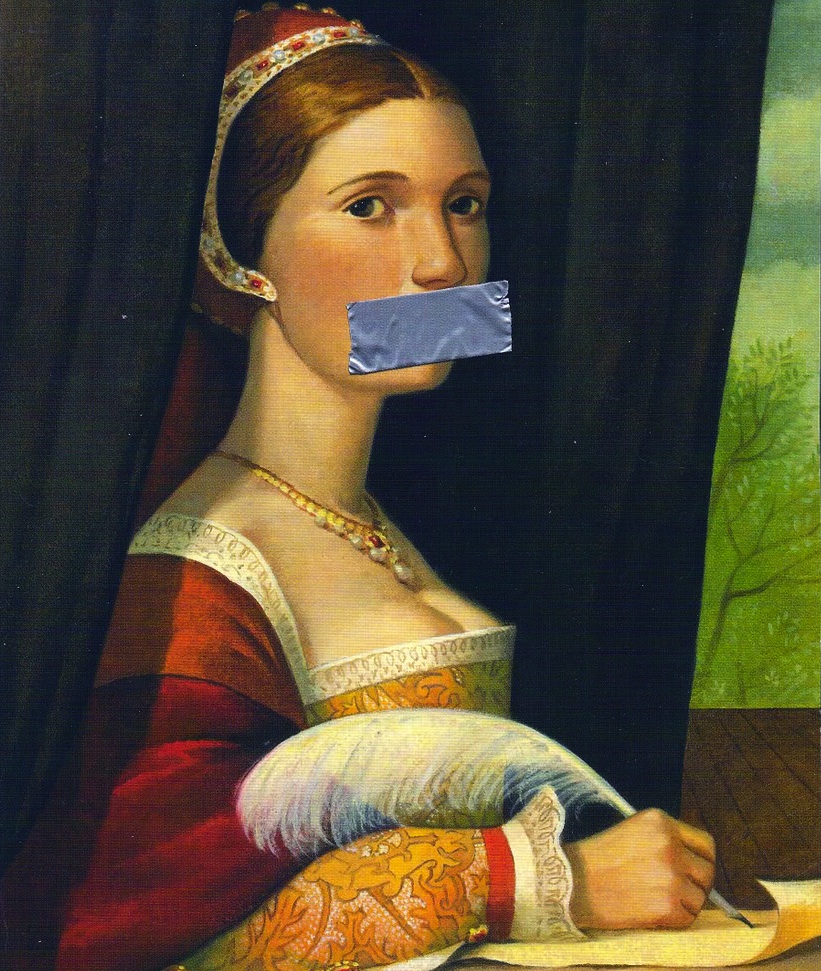2.6 16th-Century Society & Politics in Europe
2 min read•january 13, 2023
Sharii Liang
AP European History 🇪🇺
335 resourcesSee Units
The Social Ladder
Despite this period of religious upheaval, societal classes largely remained the same. In fact, religion made the lines clearer than ever. Most nobles became Protestants, and most monarchs remained Catholic. Owning land was still considered a symbol of being high class, and the aristocratic classes still received tax reductions and legal protection that was never granted to the lower classes.
Women Are…?
Prevailing ideas about gender still existed. Men and women still did completely separate tasks with men being the breadwinners, and women being the caretakers.
Women were expected to be the bearer of children, submissive to their husbands, and responsible for educating them, no matter what class they were in. Noble women had more children than poorer women, however, due to the availability of wet nurses.
The Renaissance and Reformation raised crucial questions about educating women and what role they could play in society other than rearing children. Were women capable of being educated… were they even smart? Should they be allowed to become preachers? Generally, the answer was no, but they gained a bit more education and freedom, nonetheless.
🎥 Watch: AP European History - Reformation

Morality Above All Else
With the Catholic Church too focused on stopping the wave of anti-Catholic sentiment, cities were left to regulate public morality. Often times, the punishments were public and humiliating for all to see. 🙈
Society was focused around being moral and acting pious every day of the year. To reinforce this, sinners would be publicly whipped, branded, or put in the stocks for all to gawk at. Citizens could even write tips for the government to investigate their neighbors or others.
Men in the Stocks

Image Courtesy of Wikimedia
Persisting medieval ideas and the turmoil of the time led a rise in accusations of witchcraft. As debates about women increased, so did the persecution of supposed witches which led to many deaths (Salem Witch Trials and Joan of Arc!)
Community and Leisure
For peasants and the lower classes, leisure revolved around agriculture and the religious calendar. They would usually host festivities on days that celebrated Saints (Saint Bartholomew’s Day) by hosting large, public festivals. Because of how unruly some of these festivals were, cities would ban religious events like Carnival. 🎉
Browse Study Guides By Unit
🎨Unit 1 – Renaissance & Exploration
⛪️Unit 2 – Reformation
👑Unit 3 – Absolutism & Constitutionalism
🤔Unit 4 – Scientific, Philosophical, & Political Developments
🥖Unit 5 – Conflict, Crisis, & Reaction in the Late 18th Century
🚂Unit 6 – Industrialization & Its Effects
✊Unit 7 – 19th Century Perspectives & Political Developments
💣Unit 8 – 20th Century Global Conflicts
🥶Unit 9 – Cold War & Contemporary Europe
🚀Thematic Guides
📝Long Essay Questions (LEQ)
📆Big Reviews: Finals & Exam Prep

Fiveable
Resources
© 2023 Fiveable Inc. All rights reserved.